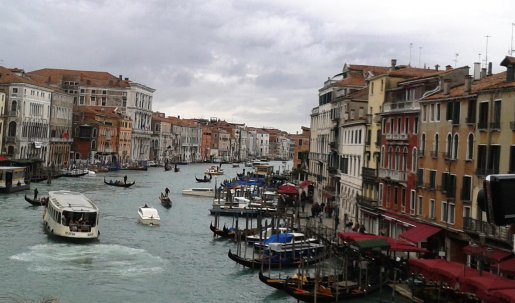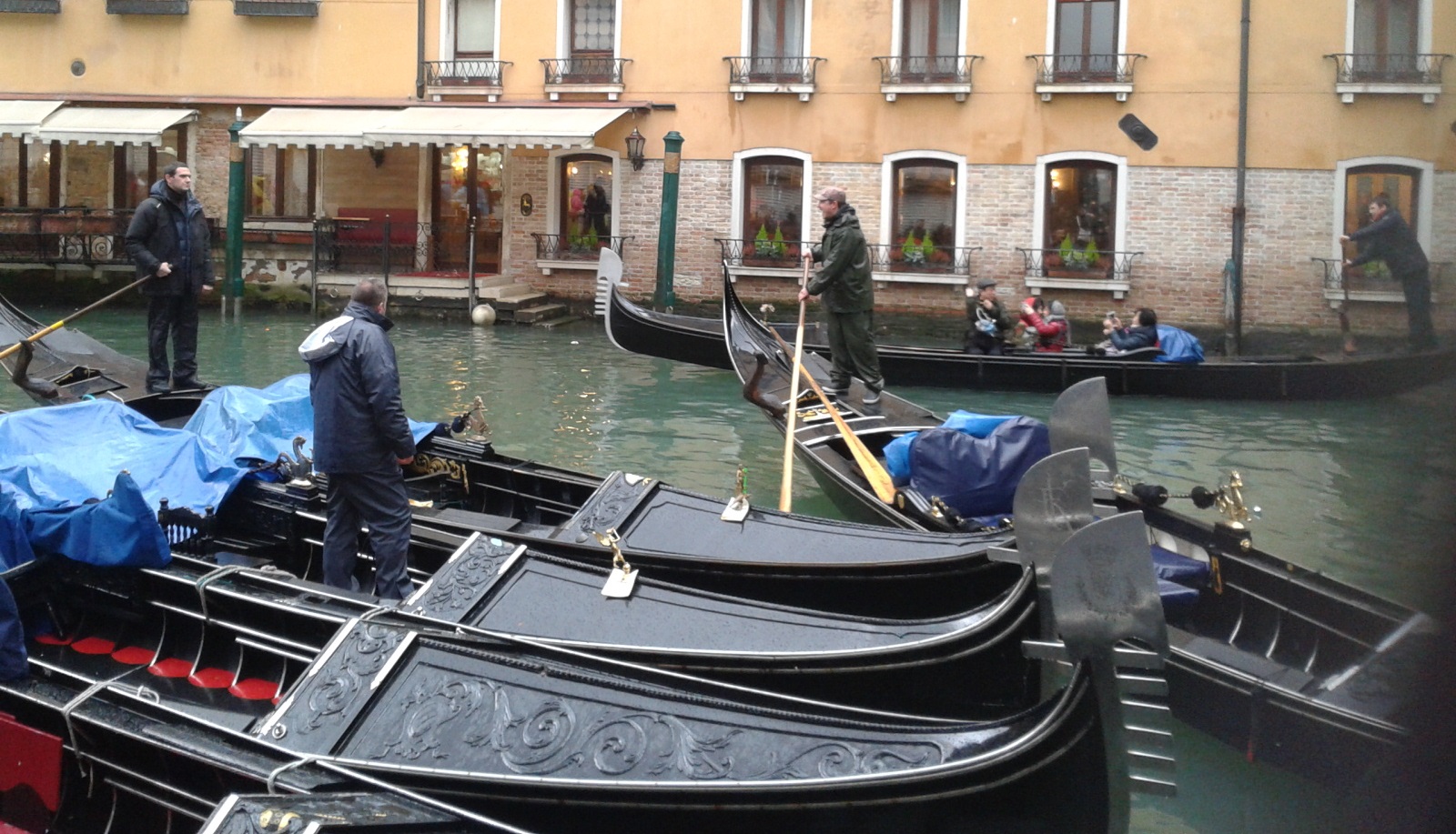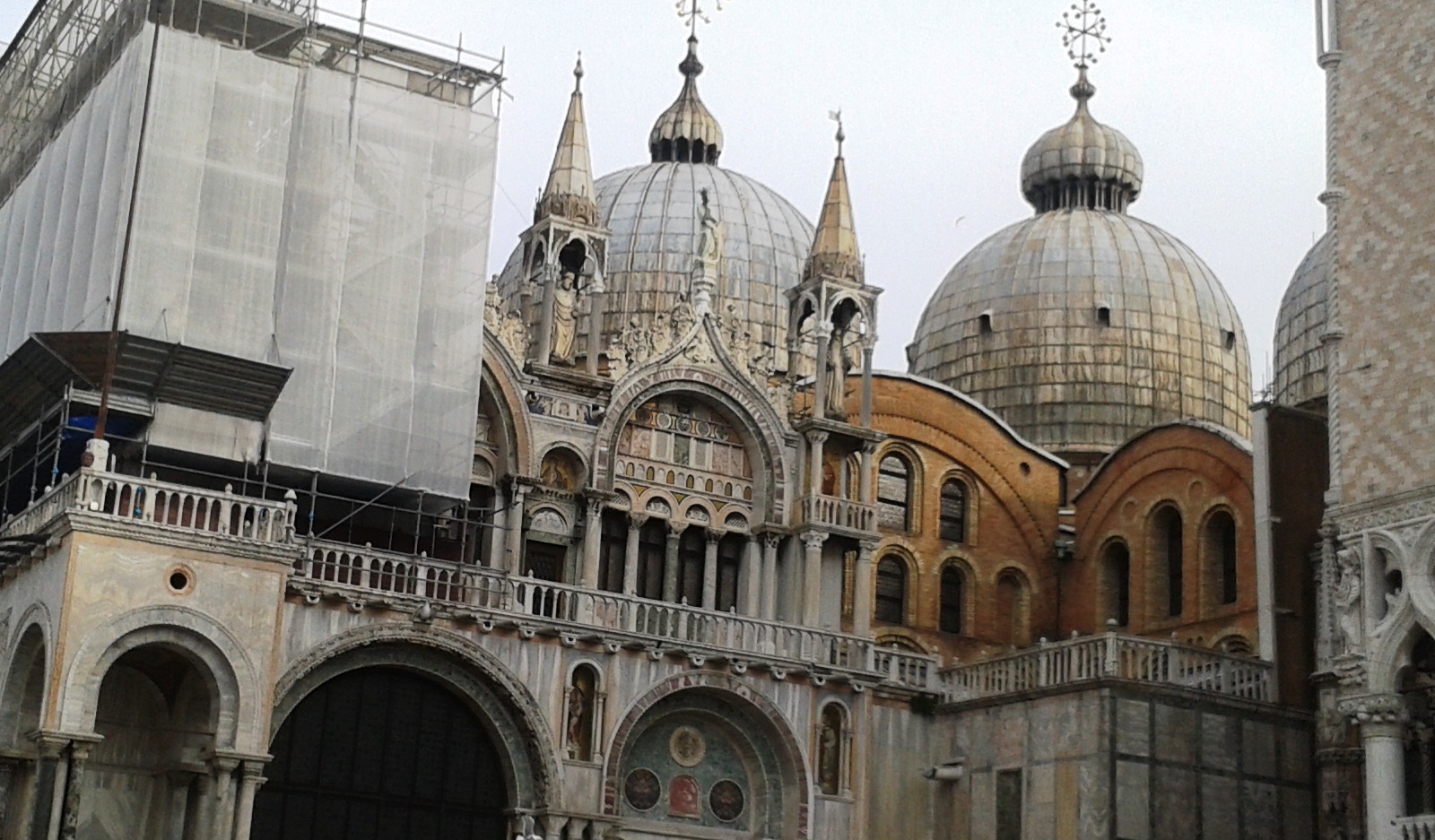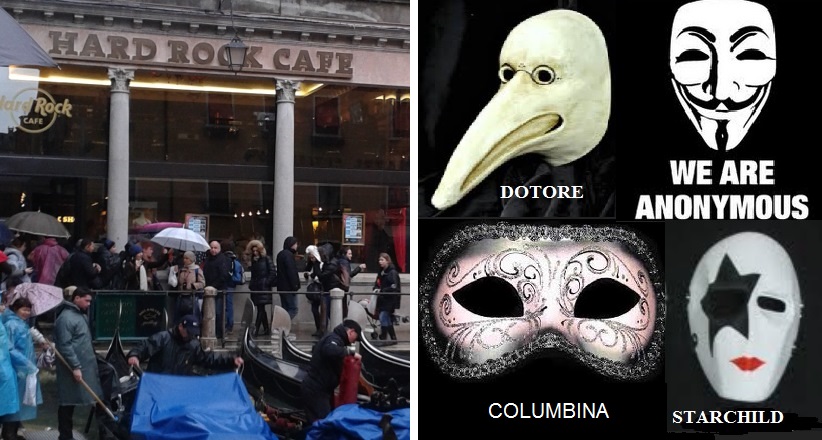A Trip to Venice


"This is probably the only tourist hot-spot in the world without traffic problems", I thought as I got on a vaporetti - a waterbus. The Venetian canal (above) forms the main road and vaporetti are the buses, and are quite cheap at €18 for a 12 hour pass.
Nearby, a group of Japanese tourists were enjoying a ride on a gondola- a kind of private taxi. One ride for a maximum of 6 people costs about €80, but I heard stories that the gondoliers often charge extra for the added bonus of singing. Many shops follow the same practice- the ‘eat-in' fee is the equivalent of the tip.
From the vaporetti, you can observe the typical Italian architecture, especially the many churches. In medieval Italy it was popular to steal the relics of the saints and because of this, St Nicholas is buried in Bari. However, the remnants of St Mark (San Marco) the evangelist rest in the basilica in Venice patrolled by his symbol - a lion. The basilica is decorated with mosaics and onion-shaped cupolas - that's the byzantine architecture, and Marco Polo even brought aspect of Asian culture from his travels.

Gondoliers hoping for tourists
From the canal, you can also see the baroque Santa Maria della Salute church, renaissance houses with gardens redecorated in the aesthetically friendly modern, as well as gothic - the Doge's palace. Funded by Doge, the Venetian school of art was one of the centres of Italian Renaissance, with the most well-known works by Bellini, Giorgione, Titian, Tintoretto and Veronesse- whose Wedding in Cane shares the room with the Mona Lisa at the Louvre.
From the vaporetti, you can also observe the daily life of Venice. A gentleman boards the bus service with suitcases - a traveller on business. Some people are getting around either on their own boats, smoking cigarettes whilst driving with the other hand.

The Basilica
I also see many immigrants, and indeed even the word ghetto (like tiramisu) originates in Venice, denoting the original Jewish quarters. The Jewish were concentrated in ghettos during the Venetian Republic and Shylock, the character from Shakespeare's Merchant of Venice lived in one.
In contrast, tiramisu is a famous dessert made from sponge fingers soaked in coffee, mascarpone and cocoa. Some recipes replace mascarpone with curd cheeses, which is healthier but it is like replacing the engine of a Ferrari in order to save petrol...
The city of Venice was built on the sea in a similar way to Amsterdam; the locals thought it a clever escape from the invaders. During history the city has often been the subject of quarrels, until it was finally included in independent Italy in 1866. Since, then the locals have only been besieged by floods and storms. In Venice you have to get used to the water and the cold that locals live through.
During the famous carnival, revellers carry on in their celebrations and masked dances on podiums in the pouring rain. The most popular masks are Columbina - an actress whose mask covers only the eyes in order do display her beautiful face, Dotore - during the plague epidemic, doctors wore masks with long noses as a filter against the infected air, Pantalone - a man in pants, Bauta - a white mask similar to those of the Anonymous group, and zany Harlequin. In the past, masks were banned because people used their disguised identity to vandalize the city.Still the carnival is a perfect place for people to reveal their alter-egos. Tourists buy masks from the shops around the main square Piazza di San Marco.

The smallest Hard Rock Cafe in the world & Carnival masks
Regular readers of my blog will know I could not omit a visit to the local Hard Rock Café- the smallest in the world. It too was full of masks after Hard Rock started a charity with KISS offering t-shirts and badges of the masked rockers.
Erik Redli is a university graduate from Slovakia who lived in London for much of his graduate life. Read more of his posts here.








